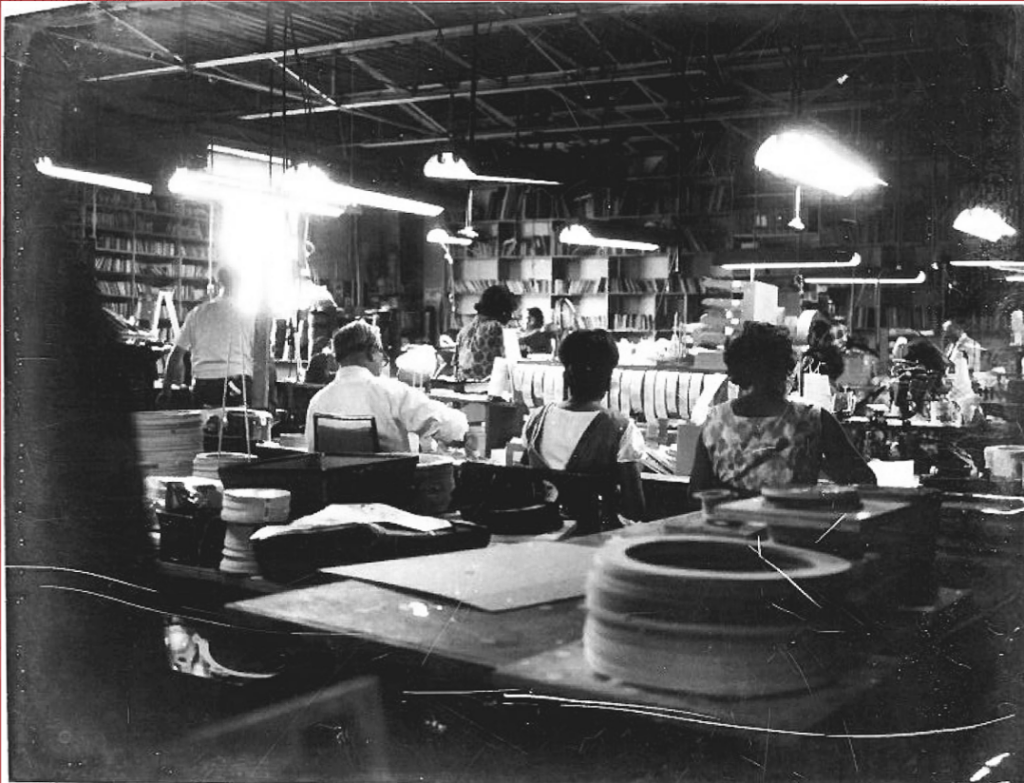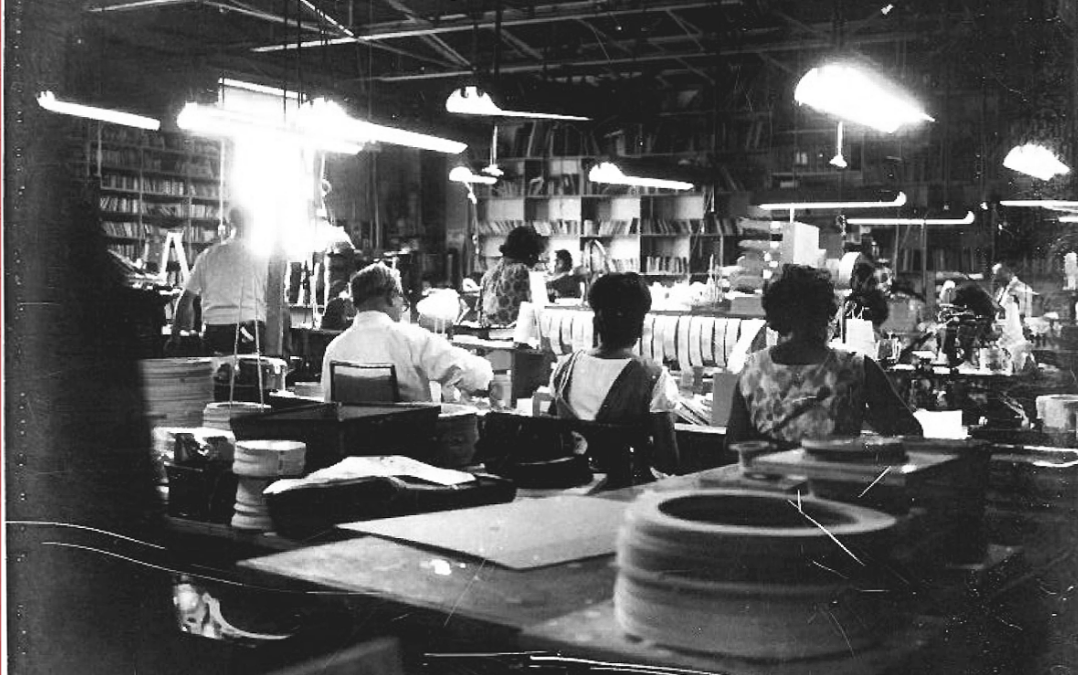What is a Shim?
Shims are often unseen and yet essential to equipment of all kinds by filling in unwanted space. The flat metal and plastic must be cut to exact specifications for tooling adjustments and equipment positioning. They are the smallest parts in most machinery yet ensure effective operation.
Curiosity rarely strikes for things as fundamental as shims. You probably know what shims are but not what goes into their production. As a shim and gasket manufacturer for over 80 years, our process is now optimized for quality and cost-effectiveness. Just like the product, the shim manufacturing process is simple and effective, perhaps even elegant.
In the spirit of the television series How It’s Made?, let’s take you through the factory and break down how Artus makes industry-leading shims.
Artus Shim Manufacturing Process
Artus has used the same shim manufacturing process since its founding in 1941, but the equipment has changed. Our facility has three machines: stamp press machines, CNC laser cutters, and a water jet cutter.
Each type of machine has a different application. So, there are three different shim manufacturing processes for your shims and gaskets needs.
- Stamp presses handle plastic shims, gaskets, and motor mount shims.
- CNC laser cutters cut metal shim stock, shims, and gaskets.
- The newly installed water jet cutter will likely fulfill high-volume orders.
How does each shim-cutting process work?
Steel Rule Die Cut Shims
The stamp press machines use steel rule dies to cut plastic shims. Artus has used steel rule dies to cut shims for decades. They are simple, precise, and effective.
The first step is to make the tooling based on your shim specifications. Steel rule dies work like cookie cutters. We take the sharp, already-shaped steel rule die and press it into our shim material to cut parts. Metal dulls the die over time and is generally not cut with the stamp press. You can learn more about the basics of steel rule die cutting here.
We custom-make steel rule dies for each new shim order. The tooling is made from cost-effective materials to reduce the one-time tooling fee. Artus also stores previously used steel rule dies for future use. Returning customers can order the same shims without a tooling fee.
Once the die is created, the material is picked and cut on the stamp press machine. It requires skill to cut shims on the stamp press, as the machinist must minimize material waste.
Then, the plastic shims and gaskets are deburred and finished. We inspect the edge quality and measure the dimensions for accuracy before packing the orders for shipment.
The four steps of the stamp press shim manufacturing process are as follows:
- The Picker picks the correct shim material and orders the tooling.
- The Cutter cuts the material on a stamp press, maximizing material usage for cost-efficiency.
- The Cleaner closely inspects the shims and gaskets for quality assurance.
- The Packer packages the shims, shim stock, and gaskets to avoid damage during delivery.
You can see us make shims with a stamp press machine on our Instagram. The Artus employee is making a set of motor-mount slotted shims.
View this post on Instagram
Laser Cut Shims
The process with the CNC laser cutter is mostly the same as the stamp press. However, instead of ordering a custom steel rule die, we program the laser cutting machine to cut the shims and gaskets with the attached laser. The laser cutter is generally used for metals and laser cutting shim stock. The shim manufacturing process is still four steps, but instead of picking the material and tooling, the employee programs the machine to size specifications.
You can see us make shims with the CNC machine laser cutter here.
View this post on Instagram
Water Jet Cut Shims
The water jet cutter is programmed first, like the laser cutter. As mentioned, Artus will likely use it for higher volume orders because of its cutting efficiency. The process is still only four steps!
In the day-to-day at the Artus Facility, employees run the metal and plastic shim-cutting processes in parallel. Each employee starts their apprenticeship in the cleaning role to learn how a high-quality cut shim looks. Here are employees cleaning shims in the 60s:

Employees are then cross-trained in other roles to find where they fit best.
The Artus shim manufacturing process really is that simple, and with it comes added efficiency. It has been this way for 80 years because, as Artus’ founding partner Manfred Katzenstein put it, “If it ain’t broke, don’t fix it.”
We upgrade our machinery, like our recently upgraded tumbler that helps deburr and polish shims. But, our process for how to make shims has remained the same since 1941. Read about how we have changed over the years here.
Optimized for Simplicity, Quality, and Cost
Choosing the right shim manufacturer is crucial. Some manufacturers do not have their processes optimized for quality and cost-effectiveness. Some overcomplicate and overcharge customers. You need a shim manufacturer with not only knowledge and expertise, but also simple solutions.
Artus has been designing and cutting shims since 1941. We bring precision and unique color-coding options to make identifying shims easier. We maintain thousandths-of-an-inch guaranteed thickness accuracies and can help design, make, and stock any custom die-cutting tools for easy reordering with a faster turnaround time.
Contact us for custom, precision-cut shims or to learn more about our shim manufacturing process.
